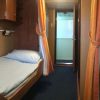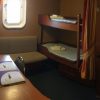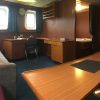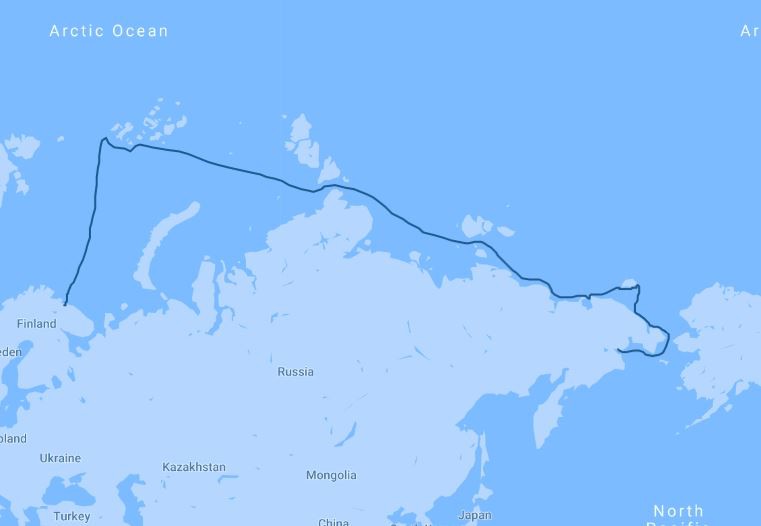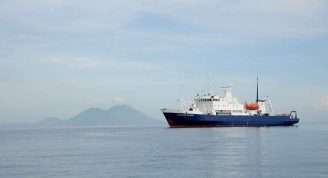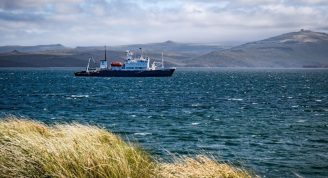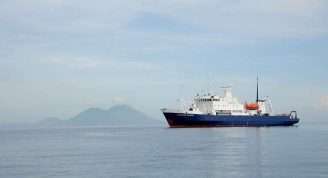Description
The allure of the mysterious Northeast Passage has captivated adventurers for centuries. Its Russian-controlled waters are steeped in history and mystery, while abundant wildlife is found along its remote shores. Only a handful of passenger vessels have ever completed a transit of this waterway, but recent changes in the summer sea ice conditions mean that it is now possible for a brief time each summer. In 2017, we fulfilled our long held ambition of completing a successful Northeast Passage double transit. We are excited to once again be running this geographical odyssey from Anadyr to Murmansk. Join us as we trace the route of legendary Polar explorer Adolf Erik Nordenskiold, navigate narrow fiords, search for unique wildlife, glimpse into the past and experience the warmth of Arctic hospitality in local villages.
Having been sought for centuries by European explorers who hypothesised upon its presence and economic benefits, The Great Northern Expedition of 1733-43, sponsored by Peter the Great, made many significant discoveries, but also revealed the route was not an economic trading proposition. It wasn’t until 1878-1880 that Swedish explorer Adolf Erik Nordenskiold completed the first ever transit proving that the route was navigable, albeit with some difficulty. In 1914-15 Boris Vil’kitskiy, with icebreakers Taymyr and Vaygach, made the second transit of the Northern Sea Route as part of a major push by the Imperial Russian Navy to render it navigable for strategic purposes. In 1932 the Northern Sea Route Administration was established by the Soviet Union.
The vast shallow waters north of Russia, protected by the expansive sea ice that covers the region for most of the year, are a refuge for many Arctic species; Polar Bears roam throughout but there are especially large concentrations on the reserves of Wrangel Island and Franz Josef Land. During our voyage we travel through the ranges of the Pacific, Laptev and Atlantic Walrus and there is the opportunity to encounter these iconic tooth walkers in large haul outs. The triumvirate of Arctic gulls – Ivory, Sabine’s and the elusive Ross’s Gulls all breed on the shores of the Northeast Passage and there are good opportunities to see all three. While Bowhead, Beluga and Narwhal Whales all call these waters home and our naturalists will be keeping close watch.
Venture ashore on some of the least known and seldom visited shores on the planet, Severnaya Zemlya Archipelago was the last major group of islands on earth to be discovered, the New Siberian Islands offer a wealth of opportunities for discovery. Sailing the mythical waters of Chukchi, East Siberian, Laptev, Kara & Barents Sea this is truly a geographic odyssey.
Our vessels were built for navigating passages like this, with Akademik Shokalskiy participating in a Soviet Convoy in the late 1980s, and in 2017 transiting the passage twice unassisted with Heritage Expeditions. We invite you to join us on an historic journey to discover High Arctic landscapes that few people have witnessed, enjoy wildlife and wilderness experiences that until now have been the preserve of a few High Arctic explorers and researchers.



